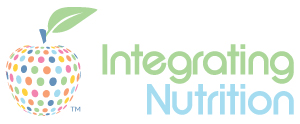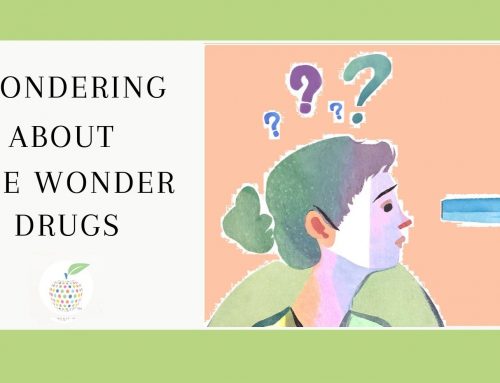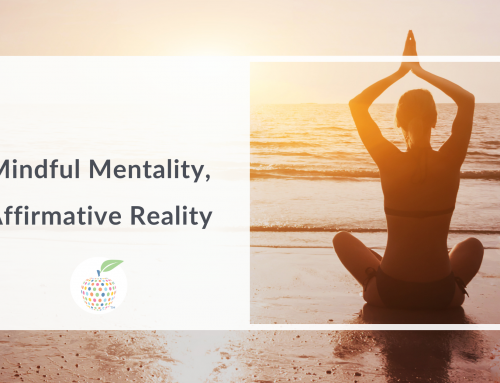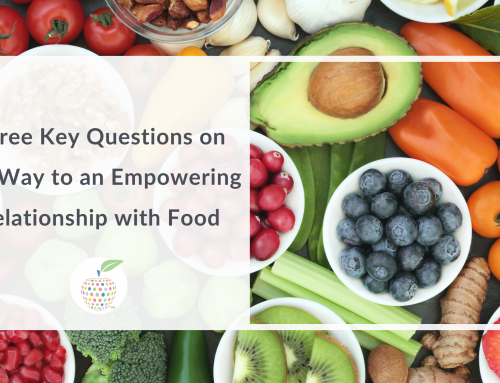A little less than half a century ago, a growing concern for the environment resulted in the first Earth Day. Those of us who can remember that far back–or at least, those of us who can at least remember the pictures of upbeat demonstrations complete with colorful picket signs and kids with painted faces–might recall the sense of optimistic possibility that Earth Day promised. While there’s plenty to discuss about the government’s current handling of environmental risks, previous successes and upcoming crises, that’s not what I’m here to write about (we’ll leave that to pundits and experts on public policy.) By embracing ecological issues, we are acknowledging that there is a relationship connecting all forms of life and their surrounding environments; more specifically, we are acknowledging that there is such a relationship between ourselves and the natural world. That balance is perhaps a bit more delicate than is comfortable for us to admit. While the natural world has an astounding ability to heal itself (much like our own bodies,) its restorative resources are not infinite (much like our own bodies.)
There had been a trend in the 20th century that had pretty much separated us (by us I mean, you know, people) from the natural world. In the 1950s, mothers were discouraged away from nursing and that same decade saw the introduction of foil-wrapped, frozen TV dinners. In the coming years, the importance of convenience-in-a-box was aggressively pushed to the consumer at supermarkets, while synthetic fabrics were taking over a significant chunk of rack space in clothing stores. Pushback hit its stride in the early 1960s with Silent Spring, a book asserting that modern chemical use was greatly damaging the environment; Silent Spring generated a lot of controversy. A few years later, another book called The Naked Ape, written by an animal behaviorist, made something of a splash by framing human behavior as a kind of animal behavior. And then Earth Day was established in 1970, in acknowledgement that human beings are part of nature; it was a way of reclaiming our connection to our environment in the modern age.
Health care providers serve the public through their areas of practice. My particular wheelhouse revolves around nourishment. I see our health — health in mind, body and spirit — directly connected to how we are nourished by the natural world. Our physical nutrients, after all, literally come from nature. Whether a product comes from factory farms, or is foraged in the wild, the plants and animals we depend on as food for our survival and well-being are a direct product of the natural world. The level of functioning of our physical bodies and brains is determined in no small measure by the substance and purity of what we eat and drink, as well as the air we breathe. Likewise, a connection to nature can affect our emotional and psychological well-being. (Who hasn’t felt refreshed and revived by a visit to the woods, a trip to the beach, or even a brief walk outside through even the smallest bit of nature?) And no matter one’s religion (or lack of religion,) all of us have had the experience of being spiritually moved by a sublime glimpse of a wonder of nature; the thunder of a waterfall, the sudden beauty of a rainbow, the quiet majesty of a multicolored sunset, the encouraging promise hinted in the soft light of a rose-hued dawn.
My point here is that each of us is just an aspect of nature, interconnected to a pastiche of other aspects of nature. Celebrating this connection to the natural word reminds us that both our strengths and our vulnerabilities ultimately spring from the same source. Honoring that source is what Earth Day is really all about. Because sustaining that source is what nourishes all of us.





